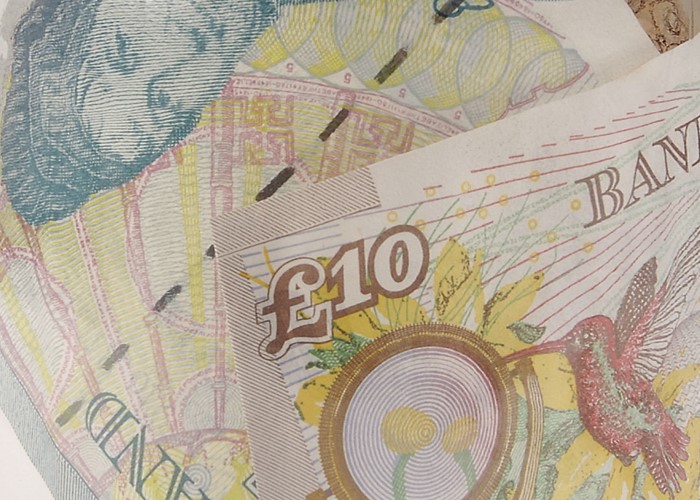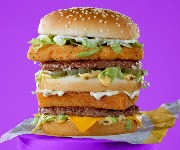The top five savings bonds

The best savings bonds are now paying as much as 5.25% - more than ten times the base rate! Neil Faulkner rounds up the top five short and long-term bonds.
On the surface, the idea of fixing your savings interest rate now seems a dubious one. Base rates and sentiment are at historic lows,which means that the risk to interest rates seems largely to the upside. Locking your money away for as long as five years doesn't seem to make any sense. However, this is not the entire story; there are pros and cons.
To begin with, let me show you the best fixed rate bonds compared to the best easy-acces savings accounts. I've excluded accounts that are too restrictive or have poor terms and conditions:
Top savings accounts
|
Type of savings account |
Deal (AER) |
Difference between best easy-access account (AER) |
|
Five-year fixed rate |
5.25% with Halifax (and Bank of Scotland, part of the same group) and State Bank of India |
+1.85% |
|
Four-year fixed rate |
5% with Birmingham Midshires |
+1.6% |
|
Three-year fixed rate |
4.7% with ICICI |
+1.3% |
|
Two-year fixed rate |
4.25% with ICICI, Bank of Cyprus and AA |
+1.25% |
|
One-year fixed rate |
3.75% with State Bank of India |
+0.75% |
|
Easy-access (variable) |
3% with Scottish Widows* and Alliance & Leicester |
N/A |
*OK, this is 3.01%, but with my normal aversion to tiny numbers I have again rounded it down.
You can earn 1.85% more than an easy-access account if you fix for five years with Halifax's Stepped Income Reserve account (available through branches and telephone only). This sounds good, but most people won't doubt that we could easily be in for an interest rate shock well before then.
Of the fixes, my top choice would be State Bank of India's one-year fix. It offers 0.75% above the easy-access account, but you're tied in for just 12 months. If you were to take out this account, to lose out, either savings interest rates will have to start climbing in the next few months or they'll have to rise rapidly in the second half of 2010. Don't underestimate those possibilities though. After a recession and huge stimulus of hundreds of billions of pounds, such a turnaround is possible.
Let's put this into perspective
The gap between fixed rate and easy access savings rates is big. Back in early August 2006 the base rate rose by 0.25% up to 4.75% after about a year of no change. Everyone was expecting more rises and they were right. The base rate rose another 1% in 11 months to combat inflation fears.
Despite these expectations, back in August 2006 fixed-rates were not reflecting this likelihood of higher rates. The top easy-access account was paying 5.15%, but the best five-year fix was paying 5.65%, just 0.5% more.
Today, the spread from easy-access to a five-year fix is 2.24%, which is more than four times as large. That's good for those who want to fix.
But times are different
Anyone who took out a top, long-term fixed deal back in August 2006 is now doing very well, earning around 5% AER versus 3% if the money was kept flexible. The banks seem wise for not raising the rates even higher back in 2006, despite the fact the base rate was going up at the time.
The reality is that it wasn't a crystal ball that kept savings interest rates low but a myriad of other factors. This time, the main factor that's making the spread between easy-access and fixed rates high is that banks need the money and they need to hold onto it for a while.
All this seems to indicate that we should go for fixes. However, the world is not the same today as back in 2006. Back then we hadn't suffered a financial crisis and recession, and we hadn't had hundreds of billions of stimulus going into the economy. All these things mean we have a good chance of above average inflation coming up, and even a chance of high or hyperinflation. That means rising interest rates, which is good if you haven't fixed.
If you need a secure income from your savings then you may have no choice but to go for a longer fixed deal. If you have large amounts of savings then you may also want to put a portion in a short-term fixed deal to spread the risk.
The rest of us might be wiser to keep money flexible and here's why. Back in July 2007, when the base rate had risen 1.25% in a year, easy-access account interest also increased to 6.5%, leaving those who took out fixes behind. With a turnaround possibly occurring as early as next year, where rates could begin a huge climb, I could understand if you'd rather have your hand on the tiller.
Get help from lovemoney.com
If you need a bit of help getting into the savings habit, we can help.
First, adopt this goal: Build up an emergency savings pot
Next, watch this video: How to save when you've got no money
And finally, why not have a wander over to QandA and ask other lovemoney.com members for hints and tips about what worked best for them?
Earn 3% AER with a savings account from lovemoney.com
More: The best savings account you've never heard of | Don't be a Christmas scam victim
Most Recent
Comments
Be the first to comment
Do you want to comment on this article? You need to be signed in for this feature








